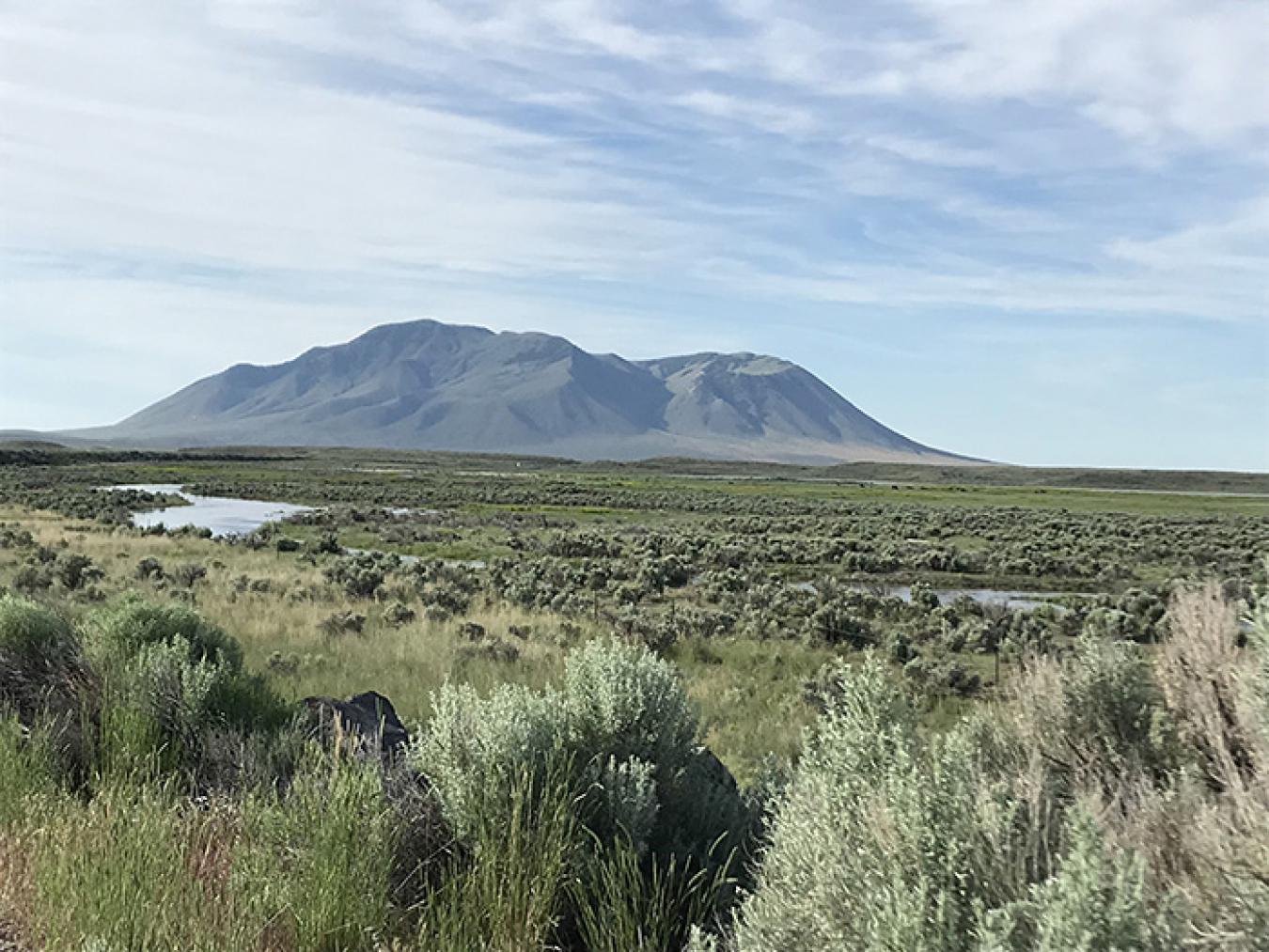When it comes to cleanup at the Idaho National Laboratory (INL) Site, it’s “all about the aquifer”
Office of Environmental Management
September 12, 2019
IDAHO FALLS, Idaho – When it comes to cleanup at the Idaho National Laboratory (INL) Site, it’s “all about the aquifer” — the Snake River Plain Aquifer, that is, the primary drinking and agricultural water source for more than 300,000 residents.
Over the 30 years of cleanup at the INL Site, aquifer protection has always been one of the primary drivers. DOE’s Idaho Cleanup Project (ICP) has made vast strides to clean up and further safeguard the lifeblood of Idaho’s famous agricultural industry.
In addition to changing past practices, such as discontinuing use of disposal ponds and injection wells, DOE has been proactive in removing threats to the aquifer. The INL Site is the No. 1 shipper of transuranic waste to the Waste Isolation Pilot Plant in New Mexico, removing a significant above-ground source of potential contamination to the aquifer.
The ICP has removed over 9,100 cubic meters, or nearly 46,000 drums, of radioactive and hazardous waste from an unlined Cold War landfill that sits above the aquifer. High-pressure pumps are being used to remove solvent vapors from beneath the landfill. To date, nearly 256,000 pounds of vapors have been removed and destroyed by treatment units.
The ICP has taken several other significant steps to clean up past contamination of the aquifer, and to remove future threats. These include:
- An aquifer treatment unit at the north end of the INL Site that has treated nearly 700 million gallons of water, the equivalent of 1,060 Olympic-sized swimming pools, through a pump-and-treat system, and the use of bioremediation, in which a food-grade whey is injected into the aquifer in the vicinity of a contaminant plume to encourage microorganisms to feed on the waste.
- More than 58,000 cubic meters of stored transuranic and mixed low-level waste shipped out of state for disposal.
- Over 98 percent of the INL Site’s spent nuclear fuel transferred to safer dry storage, including all EM-managed fuel.
- Eleven of 15 underground high-level waste tanks have been emptied, cleaned, and grouted.
- Removal of more than 200 contaminated surplus buildings, including nuclear reactors, a reprocessing facility, and the world’s largest hot cell.
More significant work remains, including near-term milestones such as meeting the commitment to remove targeted buried waste, finishing the shipment of stored transuranic waste for offsite disposal, safely converting the 900,000 gallons of liquid waste stored on site to a granular solid, and placing the remaining spent fuel in dry storage. Longer term challenges include treating the stored high-level waste and preparing spent nuclear fuel for eventual offsite disposal. But the work already accomplished at the INL Site has significantly improved the safety of the Snake River Plain Aquifer.
Click here for more information on the Idaho Cleanup Project.

